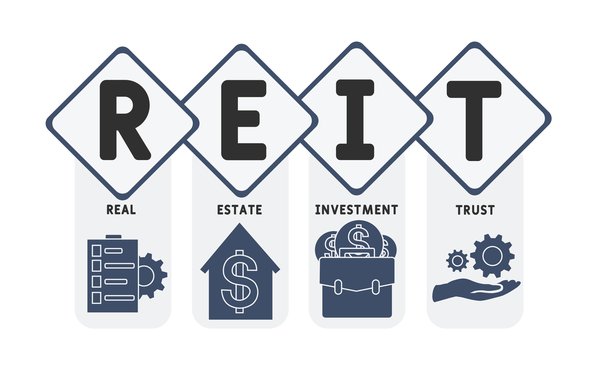An Umbrella Partnership Real Estate Investment Trust, or UPREIT, is an entity that enables owners of appreciated real estate to contribute it to a real estate investment trust (REIT). This exchange, known as a Section 721 exchange, defers capital gains taxes. Instead of receiving cash in the sale, the owners of the real estate receive operating partnership (OP) units that can convert into REIT shares. This structure, like the alternative DownREIT, enables real estate investors to continue benefiting from a property after transferring ownership.

What is an UPREIT?
An UPREIT is an arrangement that a property investor makes with a REIT to transfer the ownership of appreciated real estate. Instead of selling the property for cash, which would trigger capital gains taxes, the owner receives OP units in the REIT, which are equal in value to its common stock. By accepting the OP units in the REIT instead of cash, the property owner can defer paying capital gains taxes until they sell the partnership units, convert them into REIT shares, or the OP sells the contributed property. This ability to defer taxes makes an UPREIT similar to using a section 1031 exchange.
The difference between UPREITs and DownREITs
While both UPREITs and DownREITs enable owners of appreciated commercial real estate to turn over its ownership to a REIT, there is one key difference.
In an UPREIT exchange, an investor receives OP units that carry the same value as shares in the REIT. As a result, they benefit from the REIT's entire property portfolio. A DownREIT, on the other hand, is a joint venture that a property holder forms with the REIT to hold the appreciated property. Because of that, a DownREIT investor only benefits from the investment performance of that particular property instead of the REIT's entire portfolio.
As such, a DownREIT has a few drawbacks. First, investors don't benefit from the diversification of the REIT's larger portfolio. Further, if the market value of the contributed property declines, the investor could end up receiving less money in an eventual sale. In addition to that, the IRS tends to carefully examine DownREITs to ensure that investors aren't abusing the structure to avoid capital gains taxes.
More real estate topics
Who should use UPREITs?
An UPREIT can be a useful way for a real estate investor to transfer ownership in appreciated real estate to a REIT without triggering a taxable event. They can gain several benefits by using this structure, including:
- Diversification: Instead of owning a single income-producing property, using an UPREIT allows an investor to hold an interest in a REIT's entire property portfolio. That added diversification helps reduce risk.
- Steadier income: REITs typically pay out predictable dividends, either on a monthly or quarterly basis. The cash flow from a rental property, on the other hand, can fluctuate wildly due to vacancies and unexpected maintenance expenses.
- Liquidity: Real estate often takes time to sell, which can be a drawback if an investor needs money quickly. However, if an UPREIT investor needs cash, they can convert some or all of their OP units into shares of a REIT, which they can then sell, though that would create a taxable gain.
- True passive investing: By transferring ownership in a property to a REIT through an UPREIT, an investor also hands off the property management duties to the REIT. As a result, it becomes an even more passive investment.
These benefits make UPREITs a way for a real estate investor to turn a valuable property into a more liquid portfolio of passive-income-producing real estate.



































